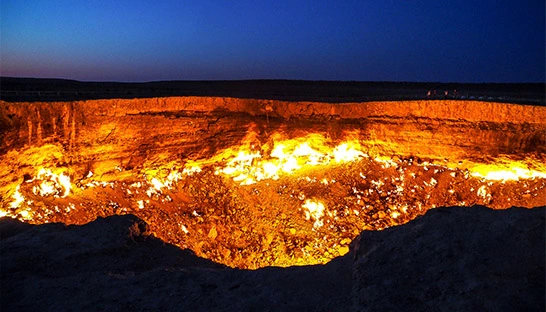
Overview
In 2022 more than 1,000 emitting sites gushed the strong greenhouse gas methane into the global atmosphere, mostly from oil and gas facilities. The worst single leak discharged pollution at a rate equal to 67m running cars.
Studies also reveal 55 methane bombs around the world, fossil fuel extraction sites where gas leaks alone would release it at levels equal to 30 years of all US greenhouse gas emissions.
Methane emissions cause 25% of global heating nowadays and there has been a drastic increase since 2007, according to scientists. This hastening may be the biggest threat in keeping below the global mean temperature of 1.5℃ and seriously risks generating catastrophic climate-tipping points.
Two new datasets identify the sites most dangerous to preventing methane-driven disasters, as undertaking leaks from fossil fuel sites is the cheapest and fastest way to lower emissions. Some leaks are intentional, discharging the unwanted gas released from underground while drilling for oil into the air, and some are accidental, from badly or poorly regulated equipment.
Fast action would intensely slow global heating as methane has a short life in the atmosphere. Emissions cut of 45% by 2030, which the UN declares is possible, would prevent 0.3℃ of temperature rise. Emissions, therefore present both a serious threat to humanity, but also a golden chance to authoritatively act on the climate crisis.
Rise in Methane
The current rise in methane looks very frightening indeed. Increasing Methane emissions are perhaps the largest factor challenging the Paris Agreement goals. So, eliminating the super-emitters is a no-brainer to slow the rise, you get a lot of value for the money you spend. Methane emissions are still too high, particularly as methane cuts are among the cheapest choices to limit near-term global warming.
A study found that the three super-emitter sites of methane in the US, Russia, and Turkmenistan are the largest contributors from fossil fuel facilities. The biggest event that occurred in August 2022 was a leak of 427 tonnes an hour, near Turkmenistan’s Caspian coast and a major pipeline. That single leak was equal to the rate of the hourly national emissions of France or emissions from 67m cars.
Experts also estimate that future emissions from fossil fuel sites and methane bombs will be enormous, threatening the entire global carbon budget required to keep heating below 1.5℃. Methane bombs are fossil gas projects that can emit or even leak over a gigaton CO2 equivalent over their lifetime. More than half of these turfs are already in production, counting the three biggest methane bombs, located in North America.
Methane’s short lifetime means reducing its emissions is one of the few options we still have to stay below 1.5℃ the global mean temperature. If the level is exceeded, even temporarily, it might trigger irreparable effects. The climate is already on the edge of multiple tipping points that could drive runaway climate change. https://thecliment.com/climate-change-and-impacts-on-the-environment/
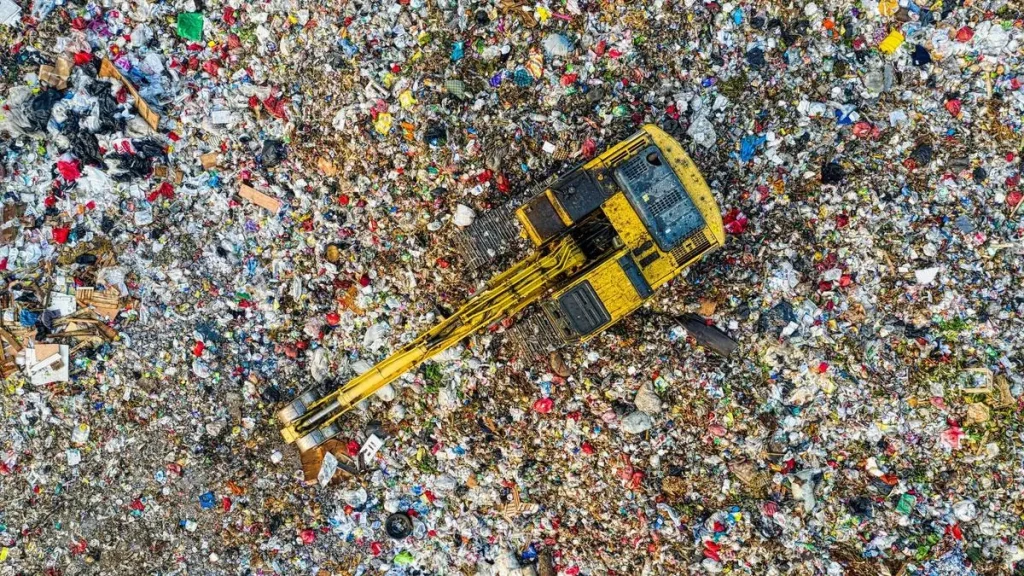
Methane a Double-edged Sword
Methane, a greenhouse gas, acts as a double-edged sword; it captures 80 times more heat than carbon dioxide but vanishes from the atmosphere in about a decade, much faster than CO2, which remains for a century or more.
This gas emission reached 1,908 ppb in 2021 which is 2.6 times higher than before anthropogenic activities started changing the atmosphere. Human-induced methane emissions, often ignored, account for about a third of the rise in global temperatures over the last century. Today, the impact is still large, with the methane in the atmosphere accountable for about 25% of the heat trapped by all greenhouse gases.
Recent rises in annual methane emissions are increasing. The highest growth rates we have ever observed have been just in the last few years, since 2020.
About 40% of human-induced methane emissions come from fossil fuel exploration leaks, from the production, and transportation of fossil fuels. This rise in emissions is by almost 50% between 2000 and 2019. Burping cattle and agriculture dominate another 40%, and decomposing waste sites contribute 20%. All are expected to rise. https://unece.org/challenge
Microbes decomposing organic matter, notably in livestock stomachs and wetlands, are largely increasing the recent methane outpouring. It looks like rising global temperatures allow microbes to produce more methane, which then causes more global heating, creating a malicious circle.
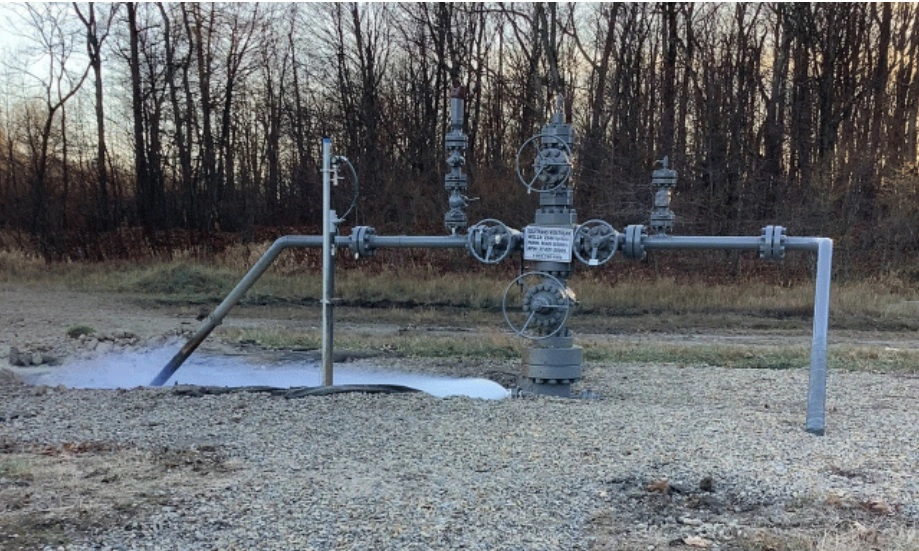
The Methane Super Emitters
A company named Kayrros analyzed satellite data and identified 1,005 super-emitter events in 2022, of which 559 were from gas and oil fields, 340 from waste sites such as landfills, and 105 from coal mines. These events can last between a few hours to several months.
Before the advanced satellite technology, we didn’t have a sign where these big events were occurring but now, the good thing is at least we have some monitoring.
Turkmenistan had the maximum number of super-emitting events numbered 184. We slightly understand fossil fuel production under Turkmenistan’s repressive authoritarian regime. However, the massive leaks likely result from aging equipment or efforts to dodge inspections by flaring, which involves burning emitted gas to produce less harmful CO2 with easily visible flames.
The US had 154 and Russia had 120 super-emitting events in 2022 from fossil fuel sites. The Other top 15 nations to emit methane include China, Algeria, Australia, Saudi Arabia, Iraq, and Iran. Most of the super-emitting leaks in Australia were from coal mines in the Bowen Basin in Queensland.
Super-emitter events from other anthropogenic sources were also apparent in the satellite data, including illegal tapping of gas pipes, large waste dumps, and rice pads, in countries including Pakistan, India, Argentina, and Bangladesh.
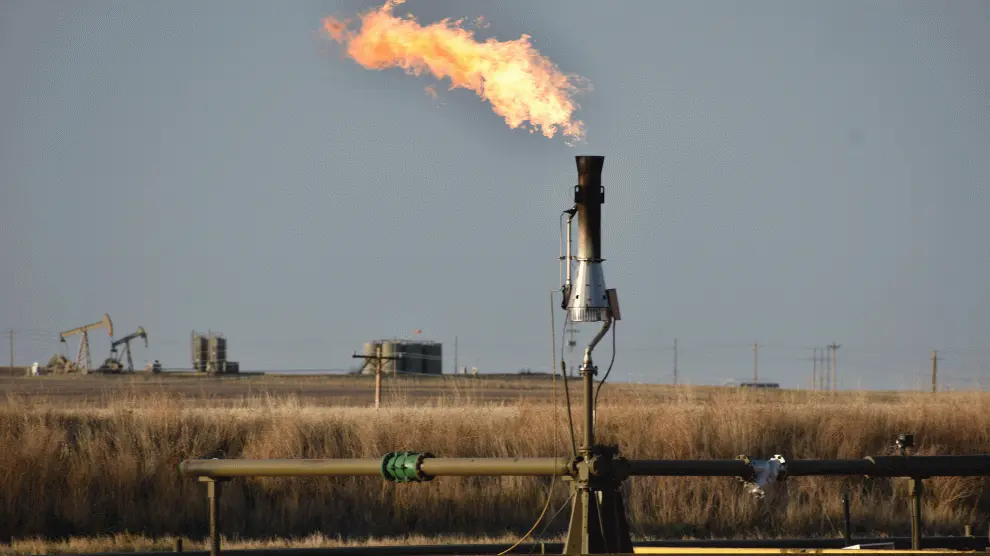
Achievable Targets
A global methane initiative, to cut human-induced emissions by 30% by 2030, was announced at the climate summit of UN’s Cop26 in Glasgow in 2021. The number of nations supporting the initiative has now reached 150, although some important countries have not signed up, including China, Russia, Iran, Turkmenistan, and India.
The 30% cut would circumvent 0.2℃ of global heating by around 2050, and the succeeding reduction in air pollution would also stop about 580m tonnes of crop losses and 6m premature deaths.
Now that we have the global methane initiatives and the technology in place, we expect that the map of fossil fuel super-emitters should be complete in three years.
Now it is known that where these big sources are coming from, that’s an achievable target. They’re avoidable, so there’s no reason not to address them.
According to a study, 50% of methane cut from fossil fuel sites could be attained fundamentally for free. Selling the captured gas would offset the cost of fixing the leaks, which often simply includes replacing defective parts. Billions of dollars of gas are either leaked or intentionally wasted each year, and gas prices go high because Russia’s war in Ukraine has made the economic conditions even stronger.
In contrast, cutting methane from other anthropogenic sources is meaningfully harder. Options that experience no net cost represent just 16% of emissions from dump sites and 30% of those from cattle. Demanding wetlands is absurd for most scientists, as that could produce large CO2 emissions and extinguish precious habitats for wildlife.
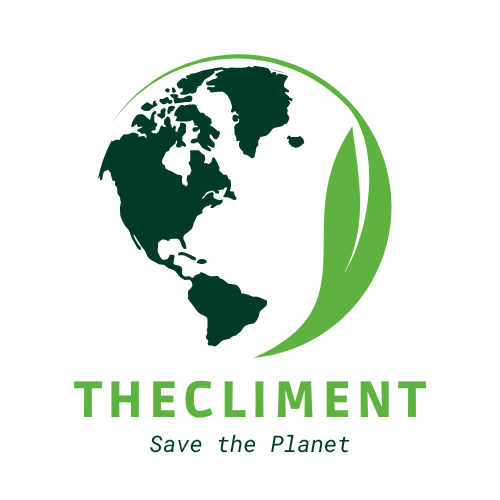 The Climent Respect your roots, Protect your planet
The Climent Respect your roots, Protect your planet
